Wetland restoration
3 min read
A community partnership between a Waikato Farm, Raukawa Charitable Trust and DairyNZ, has transformed land that was once swampy and overgrown. It’s now a thriving wetland and a source of pride for the landowner and the local community.
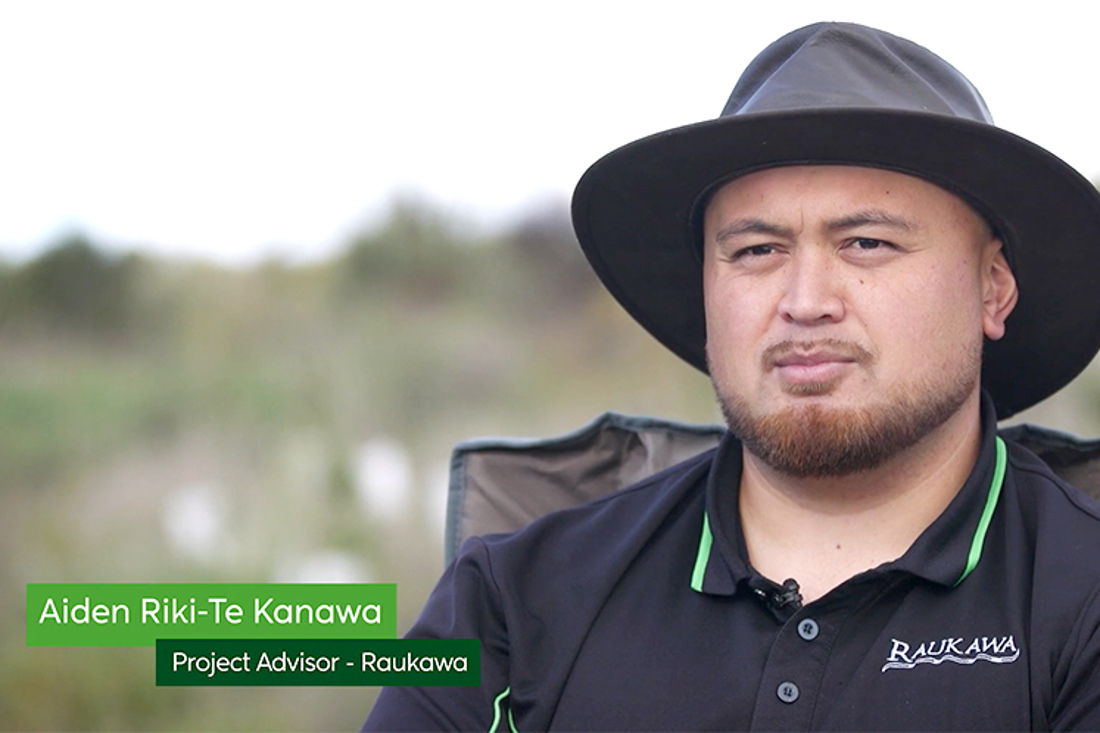
A wet, unproductive area on this Waikato farm was a source of contaminants and grew willows and rushes. The local catchment group reached out to the landowners, asking if they would like to partner in restoring the wetland.
Through shared conversations and site visits, the farmer, local iwi and the group built a mutual understanding of the land’s potential and cultural significance.
They identified a solution that could deliver farm system, environmental and cultural benefits. It was a collaborative approach - grounded in local knowledge (matauranga), farmer partnership, and a commitment to getting the best from every hectare while protecting our native species.
The wetland area was fenced and planted out with native species. Planting included sedges at edges for bank stability, trees for shade (kahikateas in swamps and totara on higher banks), and coprosma for early berries to attract birds. Local nurseries provide the best advice for your site.
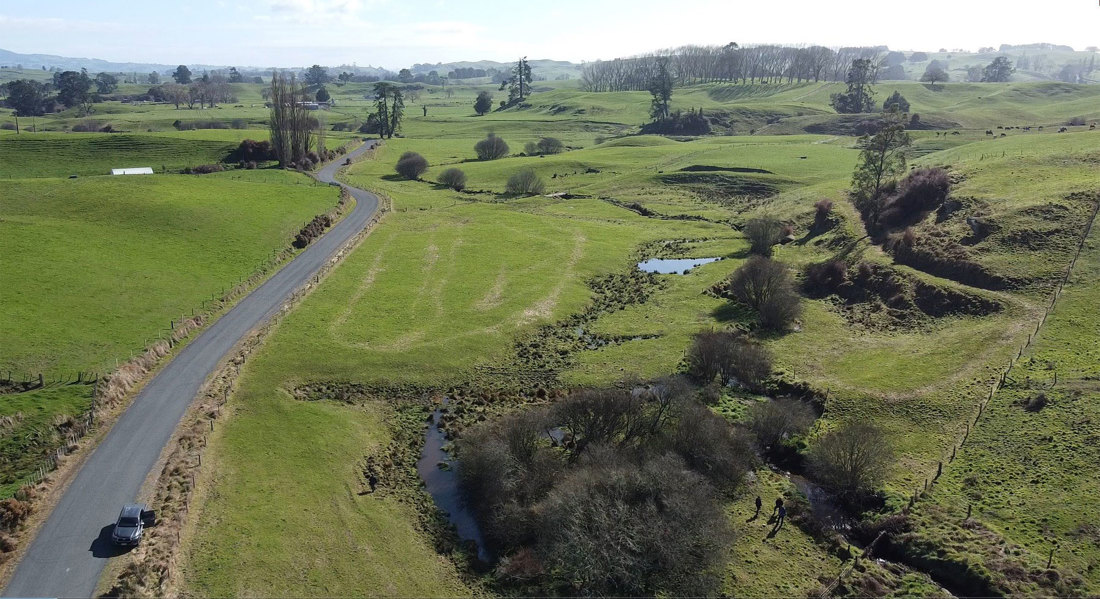
Unproductive area
Site showing the extent of rushes and willows, pre-restoration.
The real challenge is learning what it [the land] once was and what it wants to become.
Aiden Riki Te-Kanawa
Project Advisor - Raukawa
The wetland has transformed the visual appeal of the farm, while restoring a thriving ecosystem. Biodiversity will increase as native plantings mature and fish species regenerate.
Plantings along the waterway will stabilise banks and create shade to cool the stream water temperature. This will reduce weed growth, increase dissolved oxygen and create habitat where native fish can thrive.
The wetland has also increased the farms resilience to heavy rainfall events and will improve water quality by acting as a filter of sediment and contaminants.
Read more about constructed wetlands
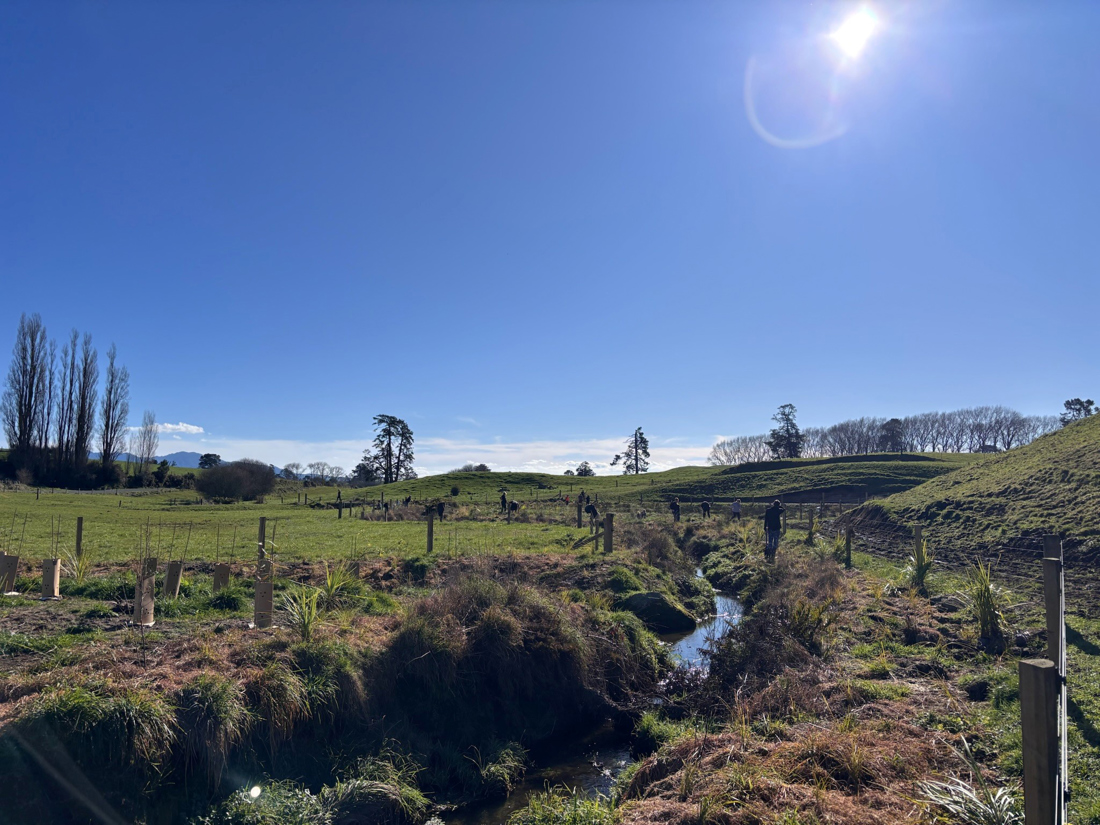
Site restored
Waterways are fully fenced and planting on the banks.
The wetland provides habitat for tuna (eels), which are treasured by iwi, and their presence contributes to the wellbeing of the local people. In areas where waterways have been blocked, tuna populations have decreased due to limited fish passage and habitat reduction. This project has changed that - creating an environment where tuna and threatened native fish can flourish once again.
The impact goes beyond biodiversity. The project has built new relationships within the community and shows how collective effort can accelerate the scale and impact of environmental projects. When people come together, great things happen - faster and more effectively.
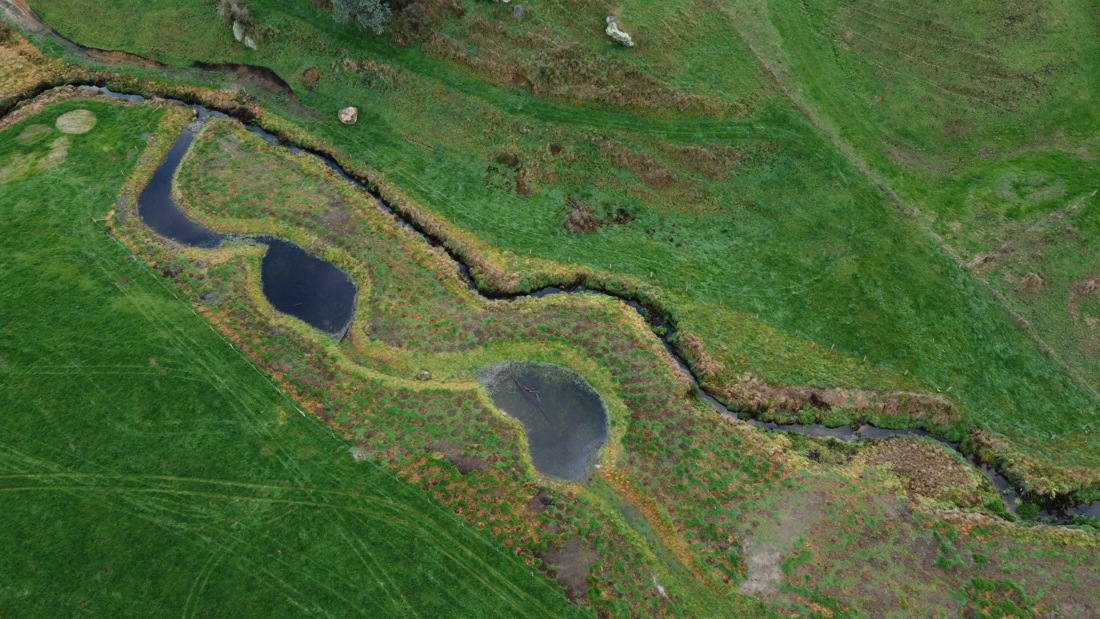
The site in May 2025
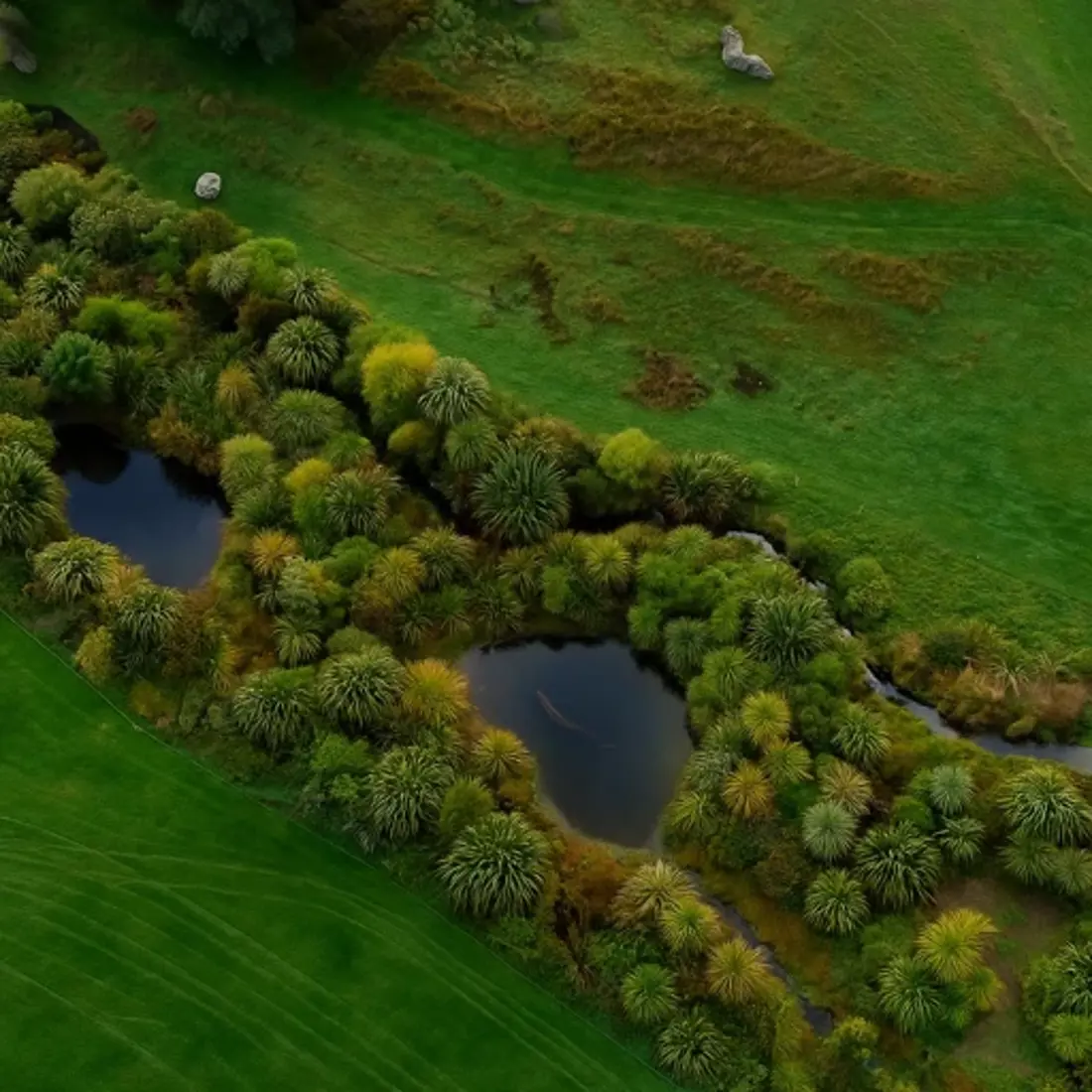
AI impression of planting 10 years on
Catchment groups create powerful change. They are driven by local community members, including increasing numbers of farmers. These groups provide resources and support to get projects off the ground. Find your local group on this Landcare catchment map.
DairyNZ is here to help you and your group to achieve your goals and aspirations. Find out more about catchment group support.
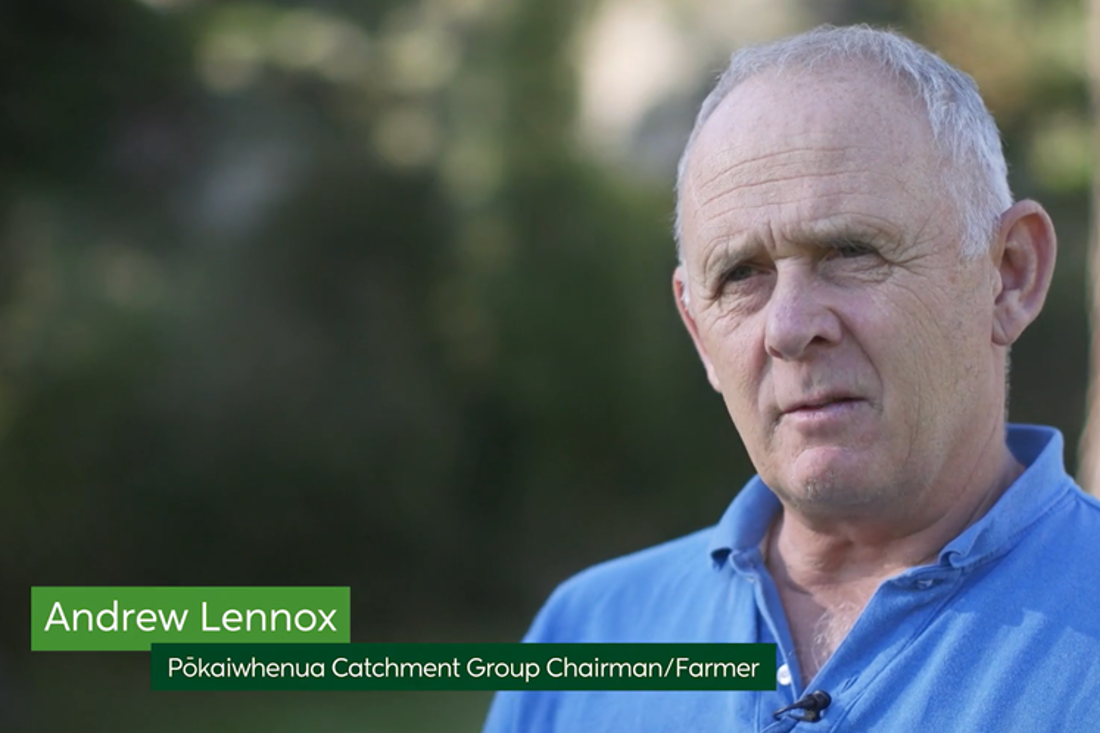
As farmers, we are custodians of the land and we have to pass that on to the next generation.
Andrew Lennox
Pōkaiwhenua Catchment Group Chairman/Farmer
Scroll through the images below for a snapshot of this restoration project in progress.
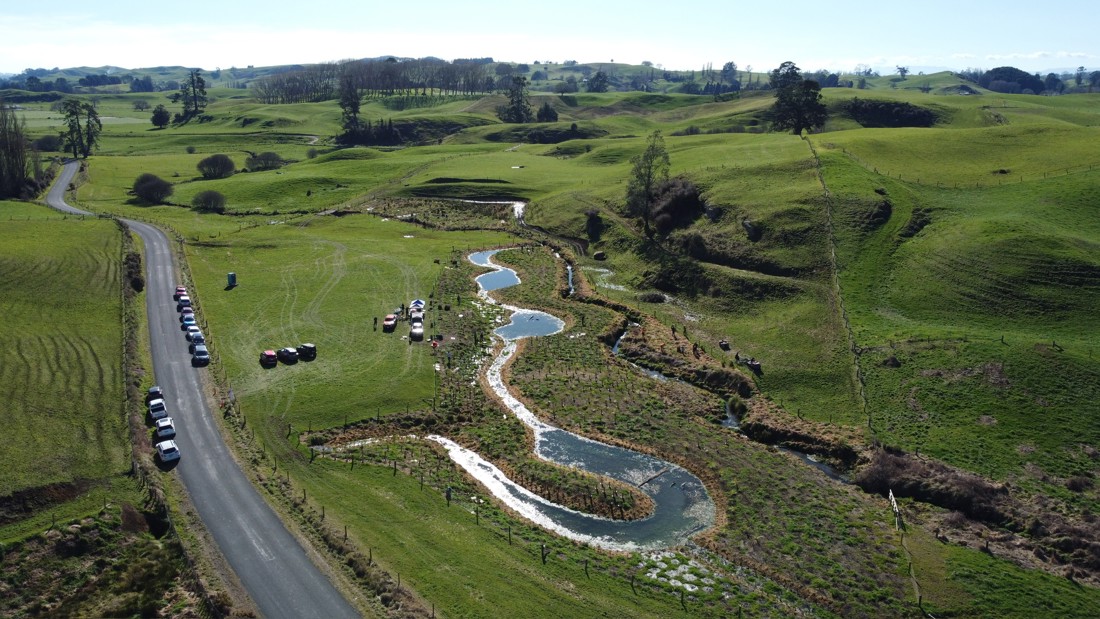
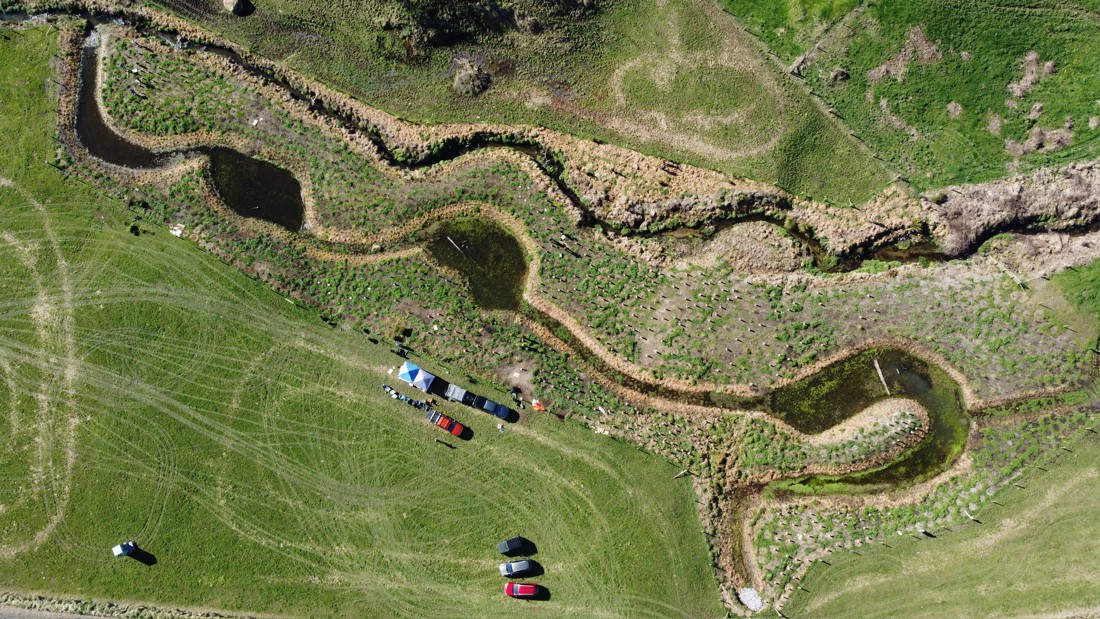
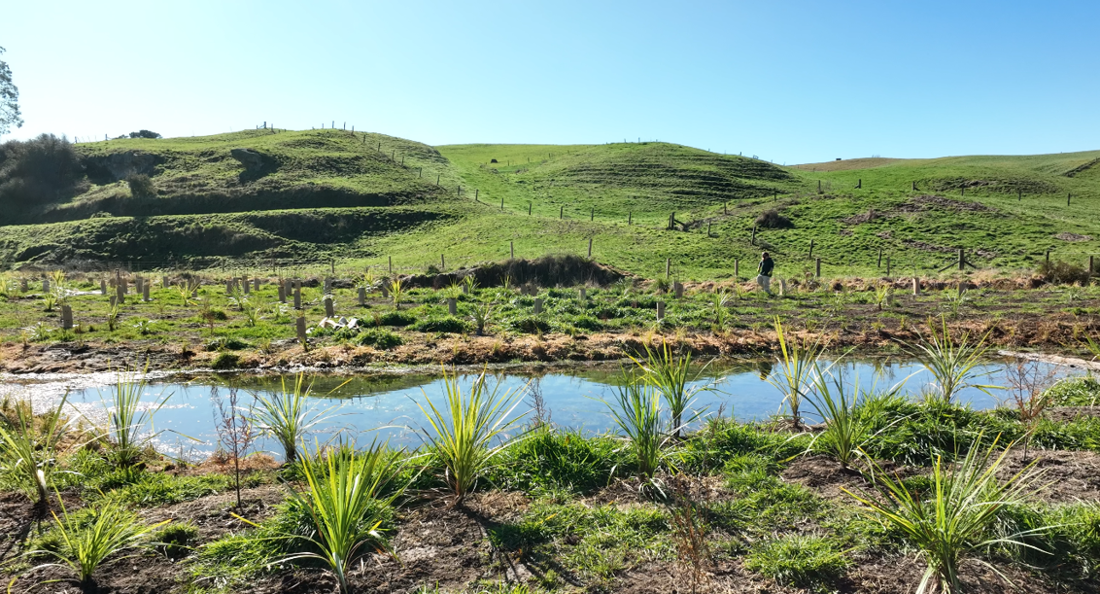
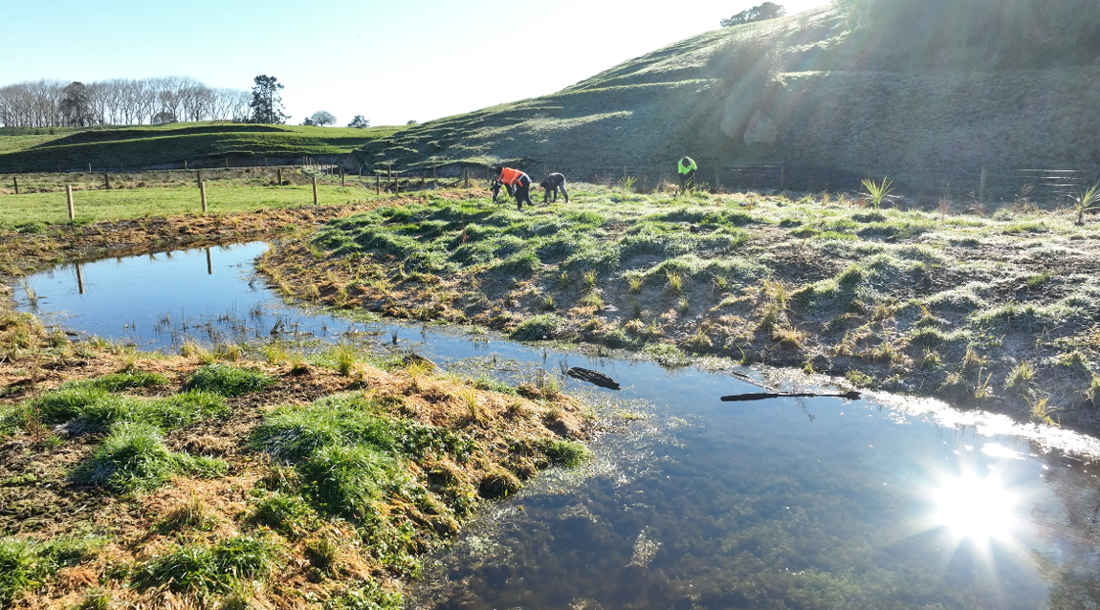
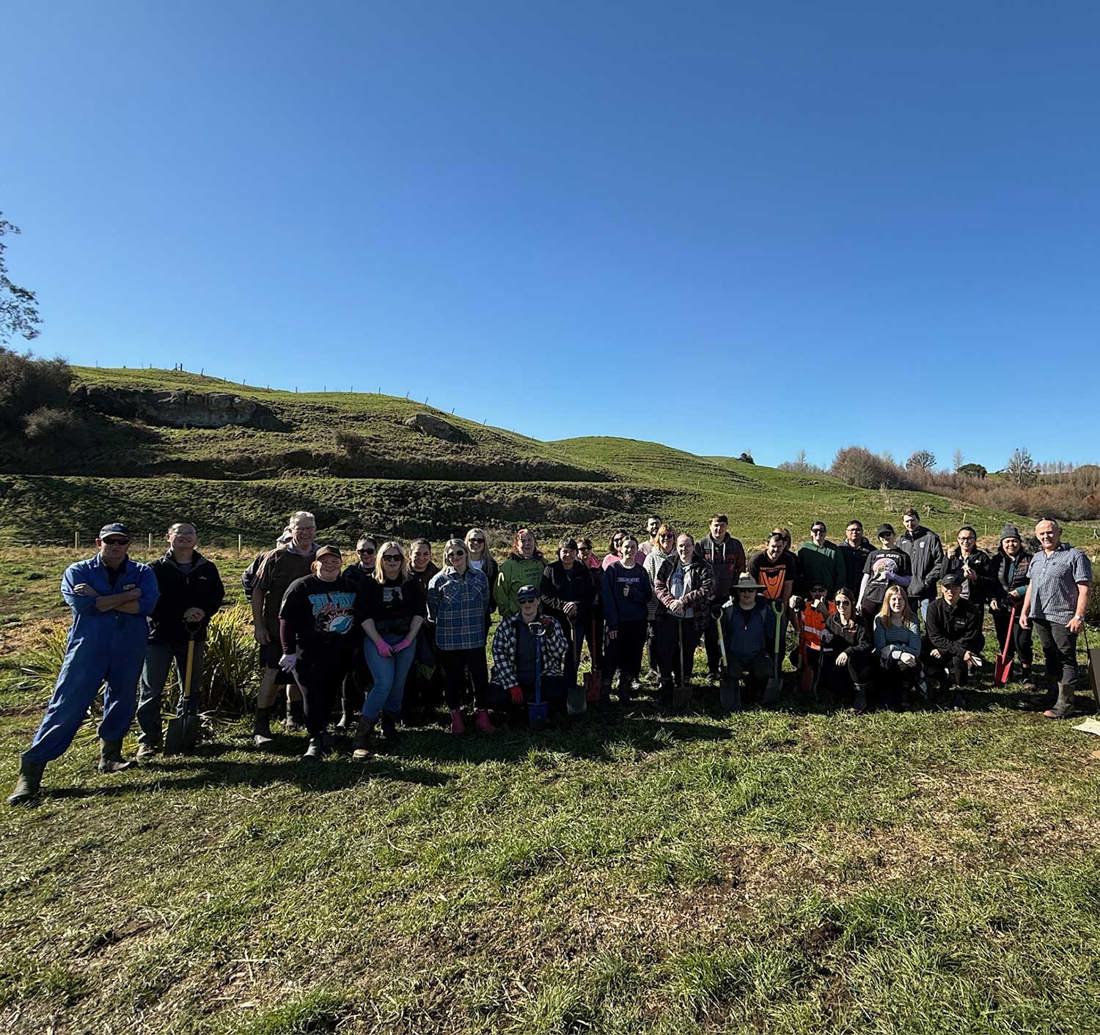
Now’s the perfect time to check in, plan, and set up for a strong season. We’ve pulled together smart tips and tools to help you stay ahead all winter long.
Whether you prefer to read, listen, or download handy guides, we’ve got you covered with trusted tools to support your journey every step of the way.
Put our proven strategies and seasonal tools to work. Boost production, support animal health and watch your profits hum.
Tools that are backed by science, shaped by farmers and made for this season.
That’s Summer Smarts.